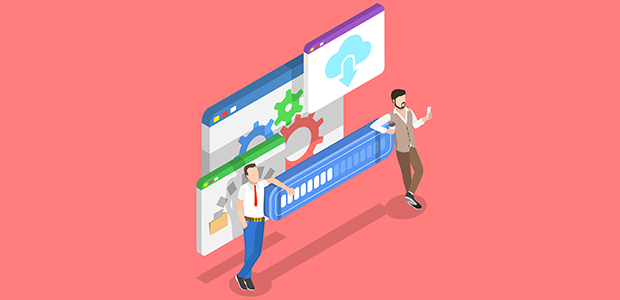
The challenges of software migration for manufacturers and how to overcome them
It’s not a sector that has ever stood still, but the next few years will bring some particularly big changes in manufacturing. From the rollout of AI for everything from machinery monitoring to material design to an increasingly urgent push towards sustainability, revolutionary new ways of operating will require major software-system adjustments. So what issues do companies face when moving to new technology and how do they deal with them?
Understanding the impact of change
It may seem easier to introduce anything from new administrative computer programmes to factory-floor software solutions from above and expect staff to just get on with it. But if you don’t take time to find out the effect a new piece of technology will have on staff and the business, you are likely to cause confusion and upheaval.
Before any software or tech migration, allow plenty of time to engage with all the stakeholders whose work may be affected by it. What do they need from a new solution? What are their concerns? How will it impact their day-to-day work? If you consult with staff early on, you will probably have greater buy-in to a new system, making it more likely to succeed.
Support these conversations with predictive analysis. Design models that reveal staff and business task interconnections and processes and how the new system should affect and benefit them. These will be vital in creating tests to show the new system is working.
You will need your staff and stakeholders to help with the testing of new software or technology projects once they are in place. If they are slightly unmotivated about this, they should increase their engagement with gamification. Try interactive test-and-training modules with rewards and leaderboards.
Overwhelming information
Migrating vast amounts of data is often a big part of introducing a new software system. This can be a complex, intimidating task.
Using AI extract transform load tools allows you to do it quickly and with minimal human effort. You can also use AI for data testing, which will improve data quality after migration. Finding ways to use machine learning for data transformation may, initially, at least, require expertise you don’t have within the company, so don’t be afraid to reach out for external assistance.
It's rare that new solutions will fit perfectly into existing business processes. But it’s important to make the transition as smooth as possible through in-depth process analysis, finding aspects that could be streamlined, costs that could be reduced, and tasks that could be automated. This will improve business performance for the long term, not just during the migration project. Make sure you consult staff here, too, showing that changes to the ways they work complement will complement the new technology, benefitting themselves and the company.
Even if you overcome all these issues, software migration can still go wrong if you rush implementation. Take a gradual, continuous approach – perhaps by module – when you can. This reduces the risk of sudden, serious disruption to your business. It also allows time for adjustments to be made to a system, one by one, as issues arise. Priorities key functions in the migration – if they are up and running smoothly, implementing the new system in other business areas is likely to be simpler.

